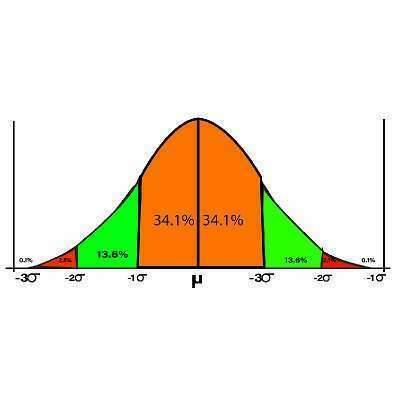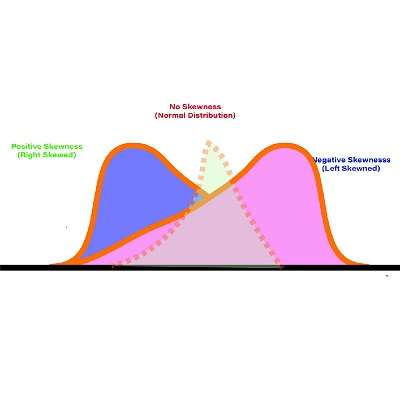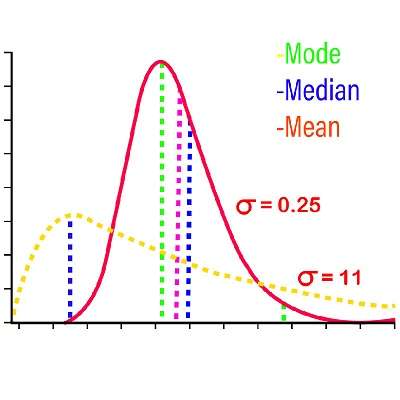DESCRIPTIVE STATISTICS
Introduction
In the realm of statistical analysis, there are generally two types of analysis that can be conducted: descriptive Statistics and Inferential Statistics. This article will discuss about the latter. Descriptive Statistics can be applied to members of a group or sample to summarize their characteristics concisely, providing us with information on the most important characteristics of the data collected. It’s typically the first type of analysis performed on any data set.
The main characteristic unique to Descriptive Statistics that makes it distinct compared to Inferential Statistics is that we don’t draw any conclusions from this analysis. It is important to avoid making any pre-conceived conclusions about the data. Instead, we perform the analysis to gain a better understanding of the fundamental characteristics of the information. Most often, graphs, charts, and other techniques for visualization are employed in conjunction with summary tables that summarize the information for a simpler understanding.
There are four major Types of Descriptive Statistics-
- Measures of Frequency
- Measures of Central Tendency
- Measures of Variability (Variation/Dispersion/Spread)
- Measures of Shape
What is the Main Purpose of Descriptive Statistics?
Descriptive statistics aim to summarise and define any collection’s most significant elements or features through statistical analysis. Descriptive statistics involves organizing data in an easily understood fashion and summarizing information meaningfully; additionally, they can be used to recognize patterns within data and communicate its results to others clearly and concisely.
Descriptive statistics measurements typically include:
- Central tendencies (median, mean, and mode).
- Measures of variability (variance, range, and standard deviation).
- Indicators of variation such as skewness or kurtosis.
These measures help you determine the overall form and distribution of data and any anomalies or outliers that might exist.
Descriptive statistics are widely employed across numerous fields, such as sociology, economics, business, and psychology, to summarize and analyze large amounts of data concisely. For example, descriptive statistics may be used to answer questions such as “What is the average wage for a certain sector?” or “How does testing scores distribution change across schools?” In providing such accurate yet concise summaries of information, descriptive statistics can assist researchers and students alike in making more informed decisions and drawing essential insights from their research projects.
Difference Between Descriptive Statistics and Inferential Statistics?
Descriptive statistics and inferential statistics are two overlapping branches of statistical analysis with distinct purposes and applications.
Descriptive statistics are used to summarize and characterize a dataset. They offer insight into its central tendency, variability, and distribution, providing clear and concise summaries that clearly communicate findings to others. Examples of descriptive statistics include measures of central tendency (such as mean, median mode, and range standard deviation) as well as measures of variability such as range variance standard deviation and measures of distribution such as skewness kurtosis (Figures 1-9)
Inferential statistics are used to draw inferences or generalizations about an entire population based on a smaller sample of data, using statistical techniques to examine relationships among variables and test hypotheses about them. Inferential statistics are then used to draw conclusions or make predictions based on this sample data – such as hypothesis testing, regression analysis, or analysis of variance (ANOVA).
Descriptive statistics describe and summarize data, while inferential statistics make inferences or generalizations about populations based on sample data. Both types of statistical analysis play key roles in data analysis for many fields, such as psychology, sociology, economics, and business.
Descriptive Statistics Examples
Descriptive statistics help provide summary statistics of various data sets, making comparison easier. Here are some descriptive statistics examples:
Assuming that students in Class A earned marks ranging between 70, 85, 90, 65) and Class B earned marks between 60, 40, 89, 96), respectively, then their averages would be calculated as 77.5 and 71.25; thus signifying that Class A average is greater than Class B’s.
Consider another example; suppose we need to establish how far apart are the most extreme responses, using range A = 25 and range B = 56 as indicators that the range for class B is higher than class A.

MEASURES OF VARIABILITY
These descriptive statistics aid in explaining the distribution of data. Different measures of variability can be used to explain how the data is dispersed. The data distribution will help understand how Inferential Statistics can be used to draw different conclusions about the population. The measures of variability include Variance, Range Standard Deviation, and Variance. And they play a significant part in nearly every type of analysis of statistical science.

MEASURES OF SHAPE
When data is plotted onto a graph, the data is formed into the shape of a figure. This can help understand the characteristics of the data. Concepts discussed as Measures of Central Tendency and Variability are also applied. Our dataset is described in the form it is in, and by this, we're capable of describing the features of our data.

MEASURES OF FREQUENCY
Measures of Frequency offer the most basic type of data, which is the way to determine the frequency that something occurs. This type of information assists us in creating very basic graphs and tables by using very basic arithmetic computations, like count, percentage, etc. We learn about the frequency of the values within the data, which provides us with frequency distributions. This distribution is plotted onto graphs, leading us to the Measures of Central Tendency notion.

MEASURES OF CENTRAL TENDENCY
The Measure of Central Tendency is a part of descriptive statistics, which allow us to define our data in one value. It is typically the one that is used to determine the central position in your data collection. The value can be determined through Mean, Median, and Mode, the three different Measures of Central Tendency. Each has its significance and can be utilized in various situations. It is crucial to keep in mind it is important to remember that Measures of Central Tendency are also named Measures of Central Location.
Full Stack Data Science Online Program
With Placement Assurance*
- #1 Cheapest Course in Data Science & Big Data
- Industry-Relevant Curriculum & Projects
- Instructor-Led live online class
- Online/Offline Batches
- Study Material for Each Module*
Early Bird Offer for First 111 Enrollments! Hurry Up! Seats Filling Fast
